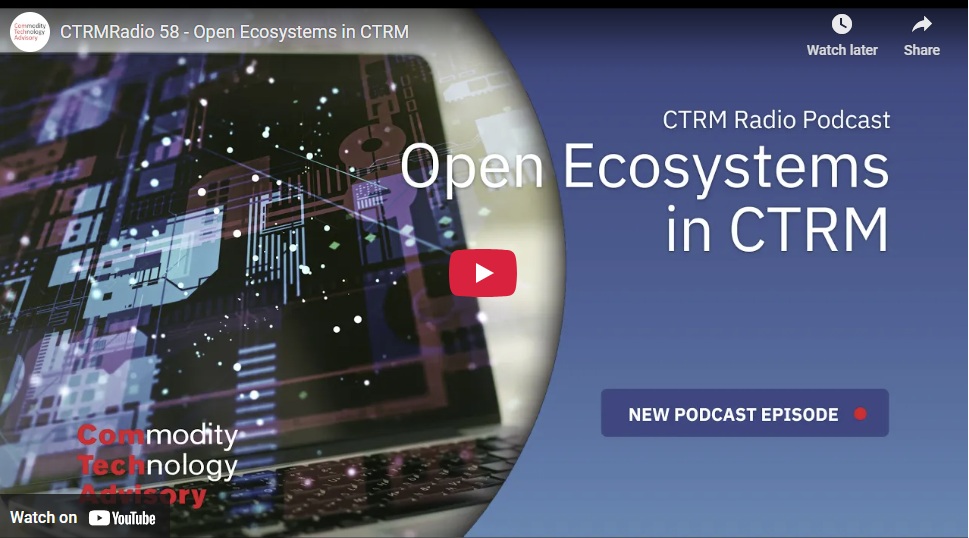If you’re unfamiliar with how this process works—especially if you’re not a large company with a dedicated software procurement team capable of issuing RFPs for vendor comparisons—here’s a typical scenario:
You’re looking for a system to upgrade your internal processes. Perhaps a new CTO has initiated a digital transformation. Great! Your first task is to gather pricing estimates to present to your boss. You start by conducting simple Google searches to see what’s available. Quickly, you discover numerous options, but every website you visit either lacks a pricing page or, when you click on it, you’re met with a “Contact Us” prompt where you expected to see actual prices.
You spend hours browsing websites, taking notes, and contacting companies that seem like they might be a good fit. If you have extra funds, you might consider paying an “agnostic” third-party consultant to help you choose a system and mitigate risks in the selection process. But for the sake of this discussion, let’s say you decide to navigate this journey on your own.
The Journey Begins
As you start talking with vendors, they bombard you with questions like “How many trades do you have?” “How many users will you need?” and the classic “Do you have a budget?” It’s a bit annoying, but you get through their questions and finally ask your main question: “How much does it cost?”
This is where things get murky. They respond with “Well, it depends,” mentioning various costs like licenses, implementation fees, and other expenses without giving you a straight answer. Alternatively, they might provide a wide price range to avoid scaring you off. Nevertheless, you need some information to bring to your boss.
Since you can’t get a clear answer on pricing, you at least want to understand the value the system will provide. The sales rep encourages (or pushes) you to see a demo of the product. They may ask for some of your data to make the demo more impactful and relevant—though this also helps them gauge how much to charge you. You agree, and perhaps an MNDA (Mutual Non-Disclosure Agreement) is signed to facilitate the exchange of information.
At this point, you have three options:
- Provide your data for them to use in the demo.
- Create sample data and questions for them.
- Do nothing and see what they come up with on their own.
This process is starting to get painful, especially since you’re doing the same thing with several different companies. You’ve learned virtually nothing so far, and now you have additional tasks:
- Getting NDAs signed.
- Compiling data you’re comfortable sharing.
- Setting up meetings with your team to view demos from each vendor (let’s assume there are only three).
You schedule one-hour meetings, each involving three team members. You go through the demos; they all go well, and the systems seem fairly similar—any of them could probably work. Now, after investing 20–40 man-hours of your company’s time, you’re almost ready to build a business case.
Crunch Time
Next, you ask for proposals from the vendors to finally get some pricing. You’ll likely receive annual fees for one- or three-year commitments and a separate estimate for implementation, either in man-hours or as a fixed fee after an Implementation Analysis (which, by the way, isn’t free). If you’re a small company, prices will likely be no less than $40,000 per year, plus a $20,000 implementation fee and most likely much more expensive.
Now that you have pricing, you can start to build a business case for or against implementing one of these products. At this point, you still don’t know if this solution will help your company or make your lives miserable. If you decide to take the plunge, you now need to implement the software—a process fraught with risk. It’s not unheard of for implementations to go far over budget due to “scope creep” and other project management pitfalls. You might have the option to hire a third-party Systems Integrator to implement your system, but this is usually reserved for larger deals due to the high costs involved.
Decision Time
So, what do you want to do? You have to either stick with your current process or commit to one of these vendors. You’ve already invested a lot of your company’s time and resources just getting here. Part of you wonders how this process became so difficult. You’ve been managing with a spreadsheet that works, and now you’re contemplating diving into a pool without knowing if it’s safe. You might ask yourself: What makes this software so different from other solutions like QuickBooks or Salesforce? Those are robust systems that offer free trials so you can see if they work for you—no salespeople, no demos, no ambiguous pricing. Why does buying Risk Management software seem so risky?
Conclusion
The traditional process of procuring CTRM/ETRM software is cumbersome, time-consuming, and often leaves you with more questions than answers. OpenCTRM aims to change that by offering a product-led SaaS solution that simplifies the entire experience. No more opaque pricing, lengthy demos, or high-pressure sales tactics—just a straightforward, efficient way to get the tools you need to upgrade your internal processes.
We’re committed to transforming the industry and providing you with a solution that’s easy to try, easy to buy, and easy to implement. It’s time to move forward.



